SKL is reader supported. When you buy through links on our site, we may earn affiliate commission. Learn more here.
Looking to be more in the know on where not to shop for a more ethical wardrobe? We have complied you a go-to list so you know where to avoid to make your wardrobe as ethical as possible!
This post is about what fast fashion brands to avoid
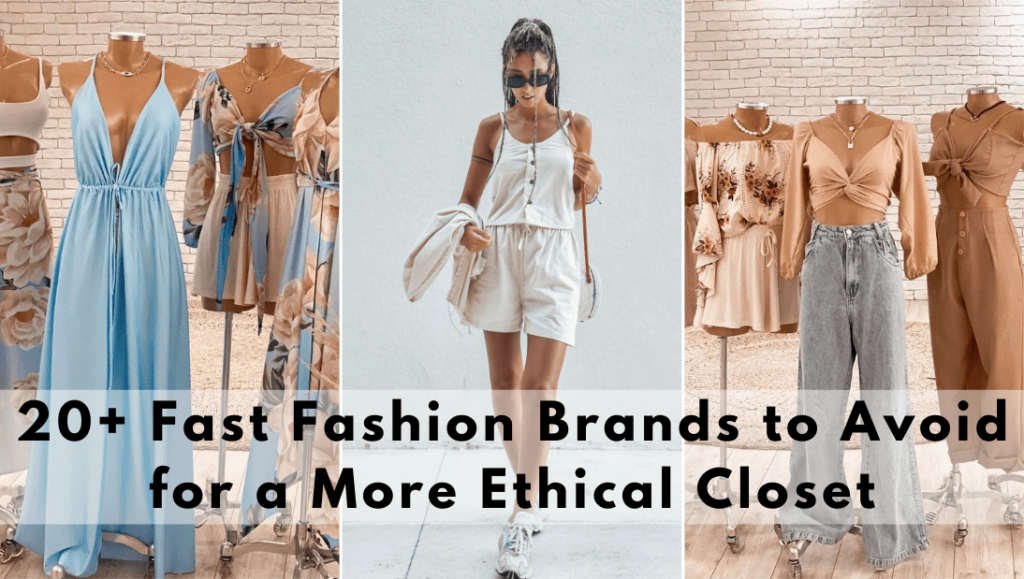
Fast fashion can be defined rather quickly through its name – Fashion made “Fast”. It creates large amounts of cheap clothing meant to be discarded and replaced quickly. This is the secret of its profitability, but also the cause of many environmental issues. The items are made with cheap materials and are usually produced by underpaid workers in very unsafe environments.
Fast fashion is extremely concerning when it comes to its social and economic impact. After outsourcing production to developing countries with limited labor laws and severely low minimum wages, the fashion industry has been able to hide many of its ethical breaches because they occur where most of us can’t see them. When outsourcing labor, the laws of the company’s country do not apply.
No. It cannot. The entire idea behind “fast fashion” is completely unsustainable. The idea that we need to create 52 seasons a year for consumers to feel pressured to buy non-stop is the exact opposite of a slow and sustainable wardrobe. Buy well and make it last.
Stop funding these brands with your hard earned money. Shop second hand, shop at sustainable and ethical stores that treat the environment and workers with respect, search for your favorite brands in second hand online sites and snag new items for 50-70% off, demand the fast fashion brands get their act together, send them e-mails, VOTE with sustainability and ethics in mind, and make decisions that are in line with your words.
Fast Fashion Brands to Avoid Like the Plague
Shein
Shein is a Chinese based brand known to steal designs from other retailers and then recreate it in extremely cheap materials via unsafe and underpaid work.
I really dislike this fast fashion brand with a fiery passion. They have targeted Gen-Z with a laser-like beam and it is working extremely well. Research has shown time and time again that Gen-Z consumers put price above anything else when it comes to purchasing power – and SHEIN has completely taken this to the next level. This company will even send you a completely different item than what you asked for, and folks will not even return it because “it only cost 5 bucks, so who cares?”
YouTubers all over the globe have been doing “SHEIN Hauls” where they have bags and bags of cheap clothing for a couple of hundred bucks and they are proud to show it off. These videos have upwards of 3 million views and I just do not even want to know how much influence this has on young consumers. It’s frightening. A continuous tag line in these videos “It’s not great but it was only $___ so who cares?!”
Boohoo
Think underpaid and unsafe work only happens in certain countries? Think again.
Boohoo is an online retailer that is produced in the UK (Leicester and Manchester). According to the Guardian, these garment workers have been earning illegally low wages. The clothing is cheap, very environmentally unsafe, and completely unsustainable.
Boohoo is known for its ridiculously “good” sales that offer 50-70% off of their already cheap clothing. How does this even make sense? What the heck is happening here? Remember: If the item costs less than second-hand, it probably comes from a LONG list of horrible treatment and production.
Nasty Gal
This brand started off really cool: as a vintage resale shop owned by Sophia Amoruso. Through greed and horrible ethics, it somehow managed to become a fast fashion retail giant that is now owned by Boohoo.
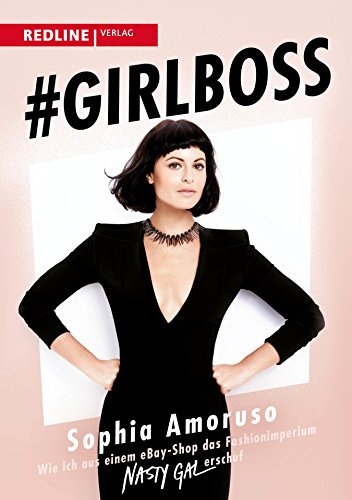
This brand likes to make you THINK that you are not buying fast fashion because of the higher pricing….but then they always have a 50-70% sale going on which actually brings the prices back down to fast fashion prices. See how that works? Scammers. I’m very happy that they went bankrupt in 2016 but not happy that they are still selling. Fail.
Zara (+ Pull & Bear, Berkshka, Stradivarius & Oysho)
Did you know that Inditex owns Zara, Pull & Bear, Berkshka, Stradivarious & Oysho? Interesting. Let’s pin point on Zara for today because it is the biggest one of the bunch (but they are all horrible).
Zara was founded by Amancio Ortega, who is now the 6th richest person in the world. Wow. IN THE WORLD. How does someone become so rich off of a cheap fashion brand?
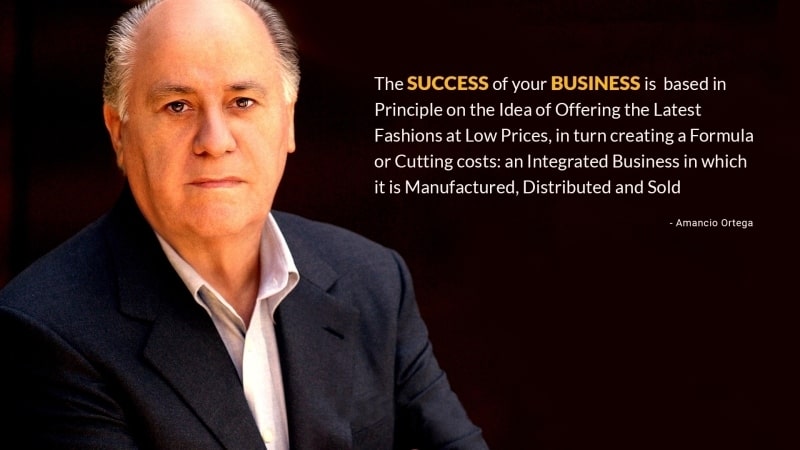
Well, let me tell you. You pay your garment workers 4 euros an hour while you pretty much bathe in money and champaign. That’s how.
And how is it possible for a fast-fashion label to knock out brand new designs every single week? Well, you steal from other designers, of course!
Green washing + Cheap Labor + Unsustainable business practices + Low prices = Unbelievable Profits
Forever 21
I am so guilty of spending way too much money at this shop in my 20s. Even though I had the money to spend on higher quality items, I always assumed that “more was better”. I was wrong.
Forever 21 was one of the first retailers to truly adopt the “fast fashion model”. Well done, guys. At one point in their production, they were churning out 400 designs a day. This is a huge red flag for unethical practices as well.
A US Labor Department investigation found that workers at Forever 21’s LA factories made as little as $4 an hour. Let me repeat this: The labor department found that Forever 21 was paying illegal wages to their garment works in the Los Angeles. This stuff happens in the USA too!! This company eventually filed for bankruptcy in 2019 but you can still find them in some malls around the world. Highly recommend steering clear.
Urban Outfitters (+ Anthropologie)
I shopped here a lot when I lived in Hawaii – it just seemed so cool and dare I say, ethical?
Needless to say, I was very sad when I found out the truth behind both of these brands: they steal designs from independent designers on Etsy (come on now) and have been accused of endless acts of cultural appropriation. In 2012, the Navajo Nation sued Urban Outfitters for trademark infringement over the company’s line of “tacky and insensitive” products that used the Navajo name and the tribe’s symbols. They even made shirts that made a joke about depression, were clearly racist, and one even said “EAT LESS”.
As for the garment workers, these guys were trying to get their workers to work for free and disguise it as “training days” on weekends. Are you kidding me?
WISH (+ Ali Express & Zaful)
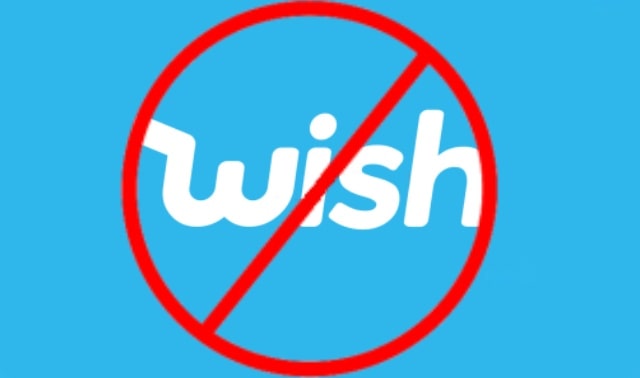
I don’t think we even have to say much here – these sellers are clearly unsustainable and unethical. It’s hard to pinpoint exactly the issues with these companies because they work with sellers from all over the world (mostly China) but the end point is still the same: It’s cheap, there is no guarantee, it’s cheaper to throw away than return, there is no transparency in how the workers are paid or treated, and it adds to our worlds massive over-consumption problem.
Brandy Melville
My niece loves this brand and so I took a deeper look inside to verify how “cool” it really is. Newsflash: this brand is just horrible.
I headed to the website, IG page and remembered the few times I entered the store. This is what I recall: white and thin. Just white and thin. That is all you see.
*Fast forward in the video below to 1:30 to skip the sponsored content.*
Turns out, my gut feeling about this shop was on point. Workers have come out against the brand, accusing them of not hiring anyone but white and thin females, avoiding diversity at all costs, and only hiring those with more than 1000 Instagram followers to gain free marketing.
The sizes are also extremely non-inclusive. The one-size-fits-all pieces only fit up to a size 4.
Free People
Free people is owned by Urban Outfitters – so that’s a huge red flag right there. But let’s move on…
Free People is so confusing because the prices are high, the pieces look high quality, and they just scream “sustainably made and natural” from a distance. The brand uses many synthetic materials to save on money and shares nothing on how they pay or treat their garment workers. No transparency is frightening. This is usually a big sign for sweat shops.
H&M
H&M keeps trying to come off as sustainable and it’s really lighting an angry fire amongst the sustainable fashion community. Instead of trying to “come off” as sustainable – why not just BE sustainable. You got the funds H&M. Fix yourself.
This company is probably the best at green washing. They even have a “conscious” line that will give you H&M dollars to use to buy MORE clothing. Wait. What??
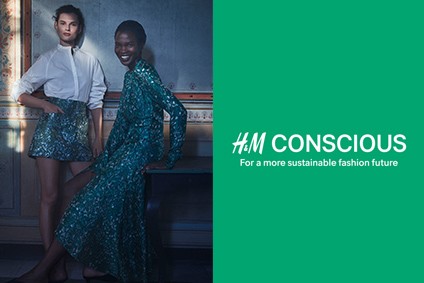
The brand even has a clothing recycling campaign where, if you drop off your clothes to recycle them, they will give you a discount card to buy MORE cheap clothing that you will need to toss out again. Rinse & Repeat. Also – remember that conscious line from above? Well, none of those clothes can actually be recycled because they mix the natural materials with cheap materials to keep the prices low. Double fail.
Fashion Nova
Fashion Nova is very well known for its influencer marketing. They have celebrities like Blac Chyna, Christina Milian, The Jenner and Kardashian sisters, and so many more. One post from these celebrities can yield up to $50,000 in clothing sales.
This brand learned from its predecessors (like forever 21 and H&M) and decided to be faster and sexier. This combination is what launched them to the top ranks in the shortest amount of time possible.
To be clear: Fashion Nova is extremely unsustainable with pieces coming and going at lighting speed, made with the worst fibres (for our skin and environment), and they underpay their “made in the U.S.A.” workers in Los Angeles.
p.s. They are also completely unethical in animal welfare as well.
Mango
I first heard about Mango when the Rana Plaza Incident happened in Bangladesh, killing over a thousand underpaid garment workers from unsafe working conditions. Not the best way to learn about a new fashion brand.
Mango is really shady. They have no transparency whatsoever and its hard to find out anything about their production line. As I have stated before; If a company will not share this information, there is a very high chance that sweat shops are in use.
Even after being a part of a horrible disaster, Mango decided to increase its production rate vs slow down. Thus endangering more humans and the environment.
Missguided
I once saw an ad from Missguided that was selling a bikini for 1 pound. Yikes. When we looked further, we found out that this company has zero respect for their garment workers and is just looking to make a profit off of unassuming consumers.
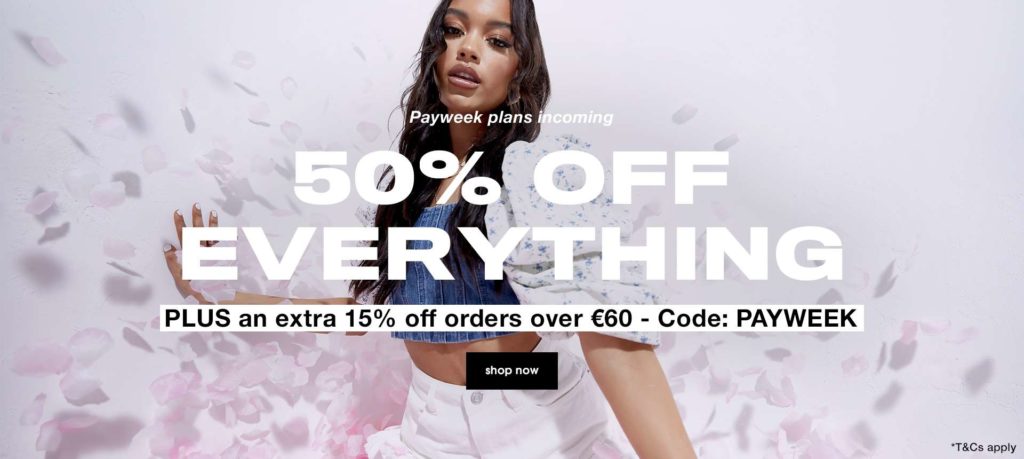
This quote says it all: “It’s not just fast fashion – it’s rapid fashion. We drop up to 1000 brand new styles every week, working constantly to bring our babes the freshest pieces, put together in wearable ready-to-go outfits.”
Let me translate this for you: “It’s not just horrible fashion – it’s the worst kind of fashion. We drop up to 1000 crap pieces each week, underpaying and abusing our garment workers, to bring our unknowing customers the most synthetic pieces on the market”. You’re welcome.
Pretty Little Thing
This company…..let me tell you. I don’t know how folks still shop here. The website actually announced that their clothing contains toxic chemicals that can cause cancer and birth defects. But that doesn’t stop millions from clicking away on their website – thanks again to influencer marketing.
Pretty Little Thing uses a lot of celebrities to promote their brand including Hailey Bieber, Ashanti, Kourtney Kardashian, and Ashley Graham.
So who makes these toxic-cool clothes? Underpaid workers in the U.K., of course. The brand’s market value has dropped by more than a third since the accusations of modern slavery emerged.
Victoria’s Secret
According to Greenpeace, Victoria’s Secret uses toxic chemicals that aren’t only very damaging to the environment, but also hazardous to the workers. But hey, they look good – am I right? (kidding).
Victoria is also keeping a pretty big secret: they do not pay their workers a living wage and will not tell us which factories they work with. Pretty shady there, Victoria.
If that isn’t enough – this brand is not size-inclusive at all and we are not falling for those games anymore. We want to see all bodies, all genders, all colors, and all types of beautiful personalities. You’re fired.
Primark
Primark is an Irish retail giant that is known for its low prices, lack of transparency massive carbon footprint, and unsustainable materials. They were also involved in the Rana Plaza incident.
Primark signed up and joined a ton of initiatives after the incident, but they still have such a long way to go. The business model is still completely unsustainable and contradicts most of the initiatives that they signed up for.
Change happens in the business model. Not from well-wishes.
Last one for today: Target
Oohhhh now don’t freak out on me – I know how much you love your Target. Just hear me out.
Target is well known for its funny videos of women (yes, it’s usually women) walking into the store and coming out with bags and bags of stuff that they “don’t need” but “YOLO”.
Overconsumption is not a joke. It’s not funny. It’s very sad and we need to address this. This is not coming from my high horse – this is coming from someone who has (many times) looked just like this photo below.

Stepping off the sustainability and ethical train for a second, I want to ask you a question: Why do you think it is we love Target so much? Is buying “stuff” so much fun? Do we feel better when we are doing it? Do we get some sort of a high? And then what happens after – do we regret it?
The average American has a shopping addiction – we find comfort and love in buying stuff. Then, when the high is over – we usually feel regret for several reasons (didn’t need this, don’t have the money, etc). It’s a vicious cycle and needs to stop.
In the end, Target is a cheap fashion that will not last. Let’s choose better and stop this cycle of getting high off of shopping and then falling into a guilty pit.
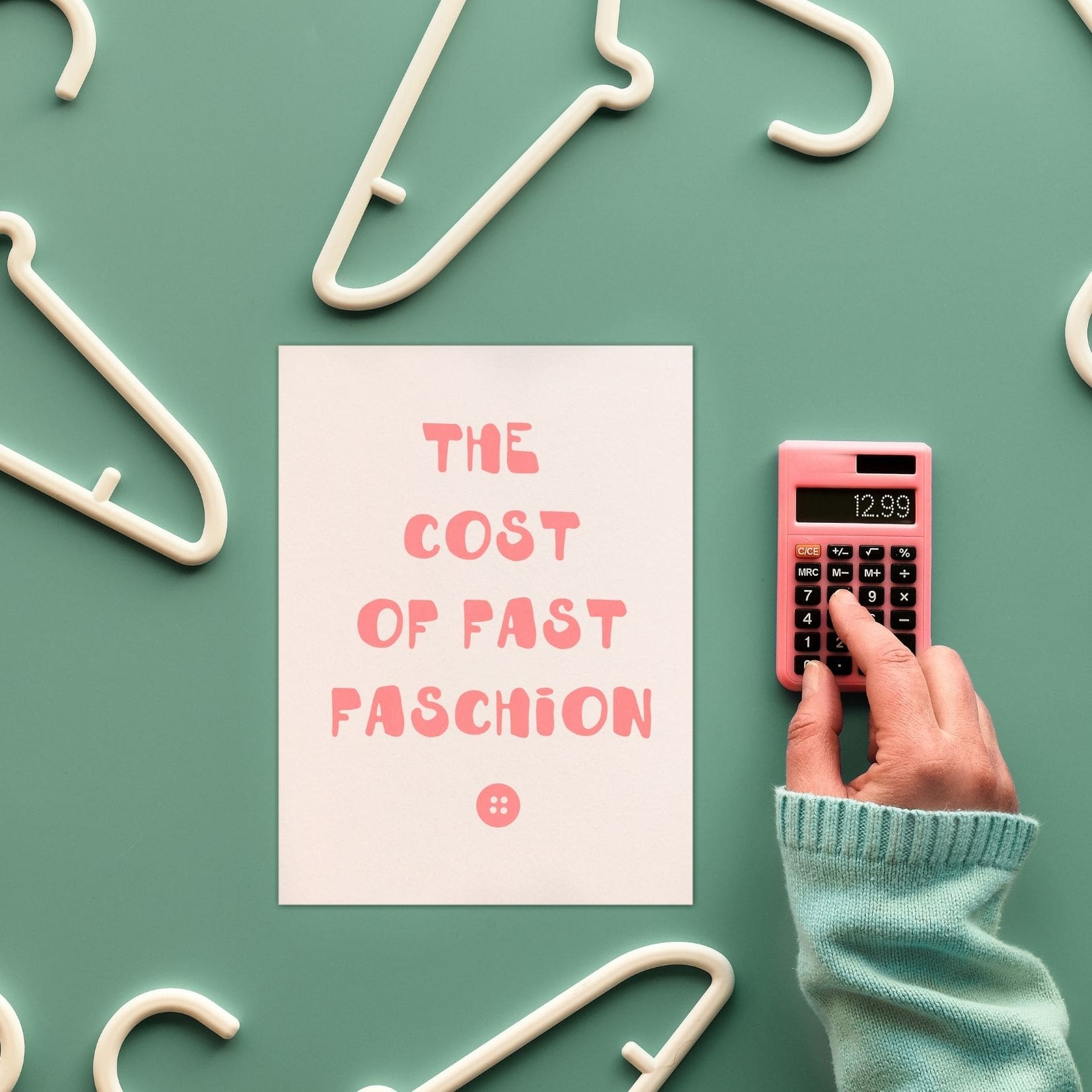
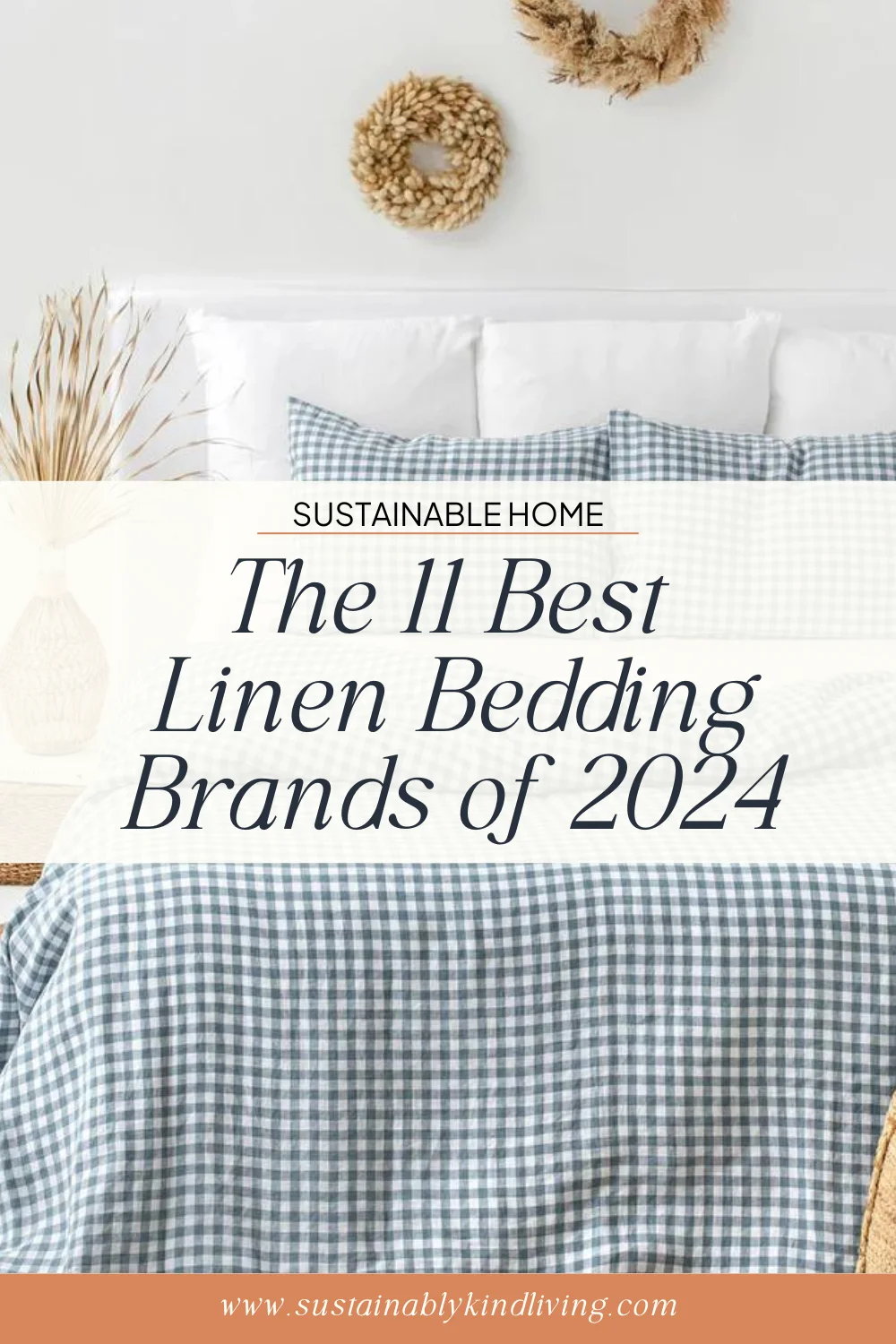
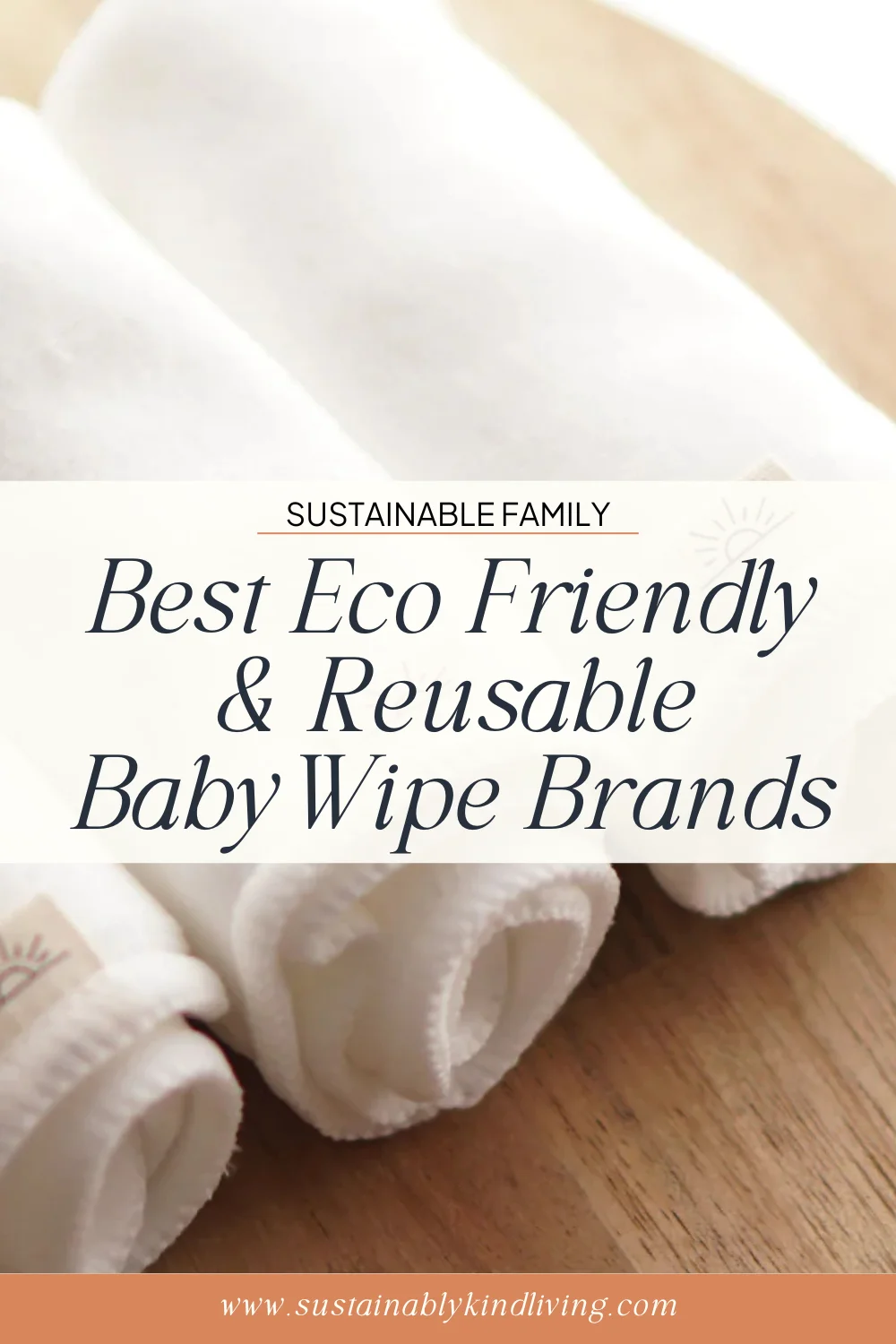
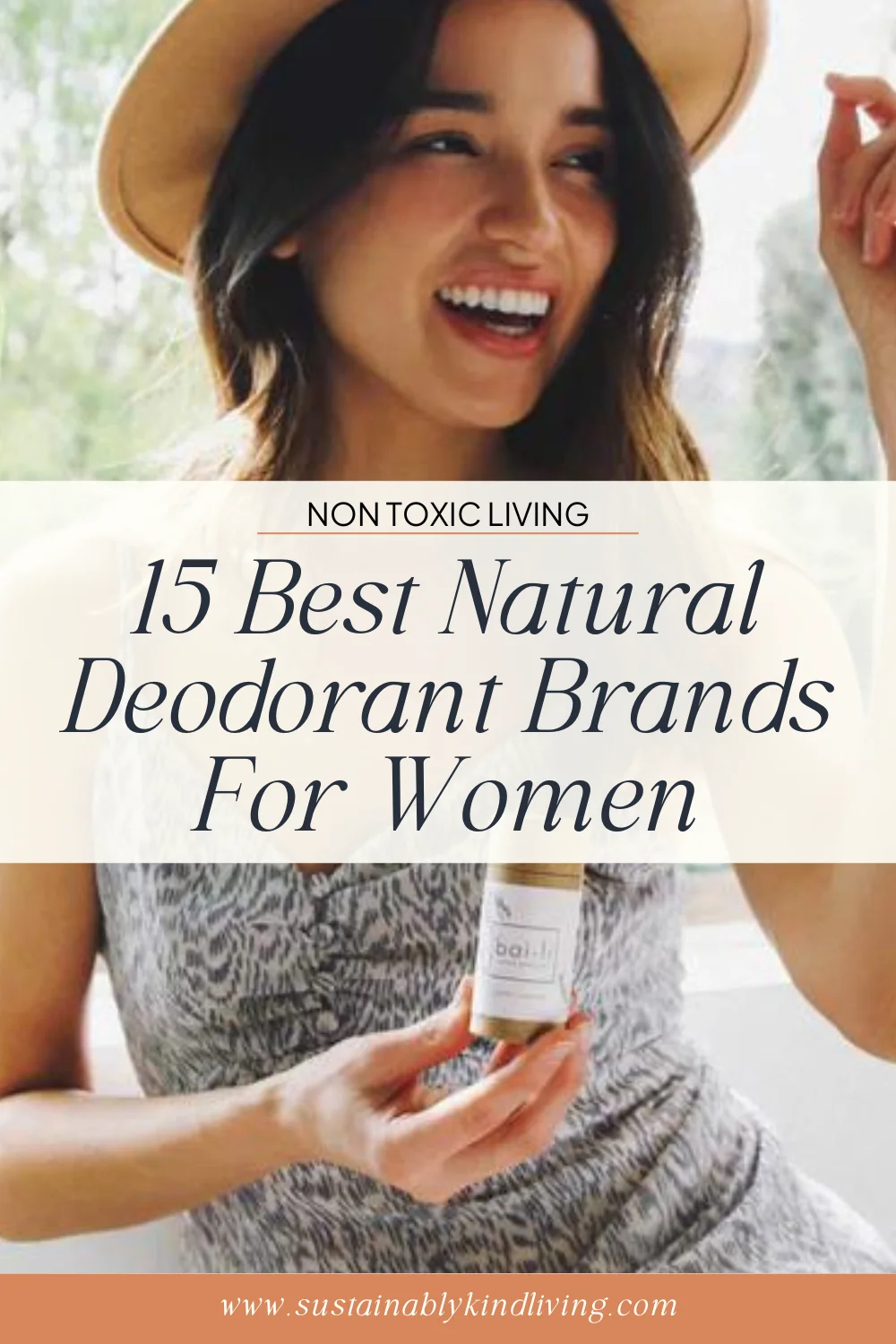
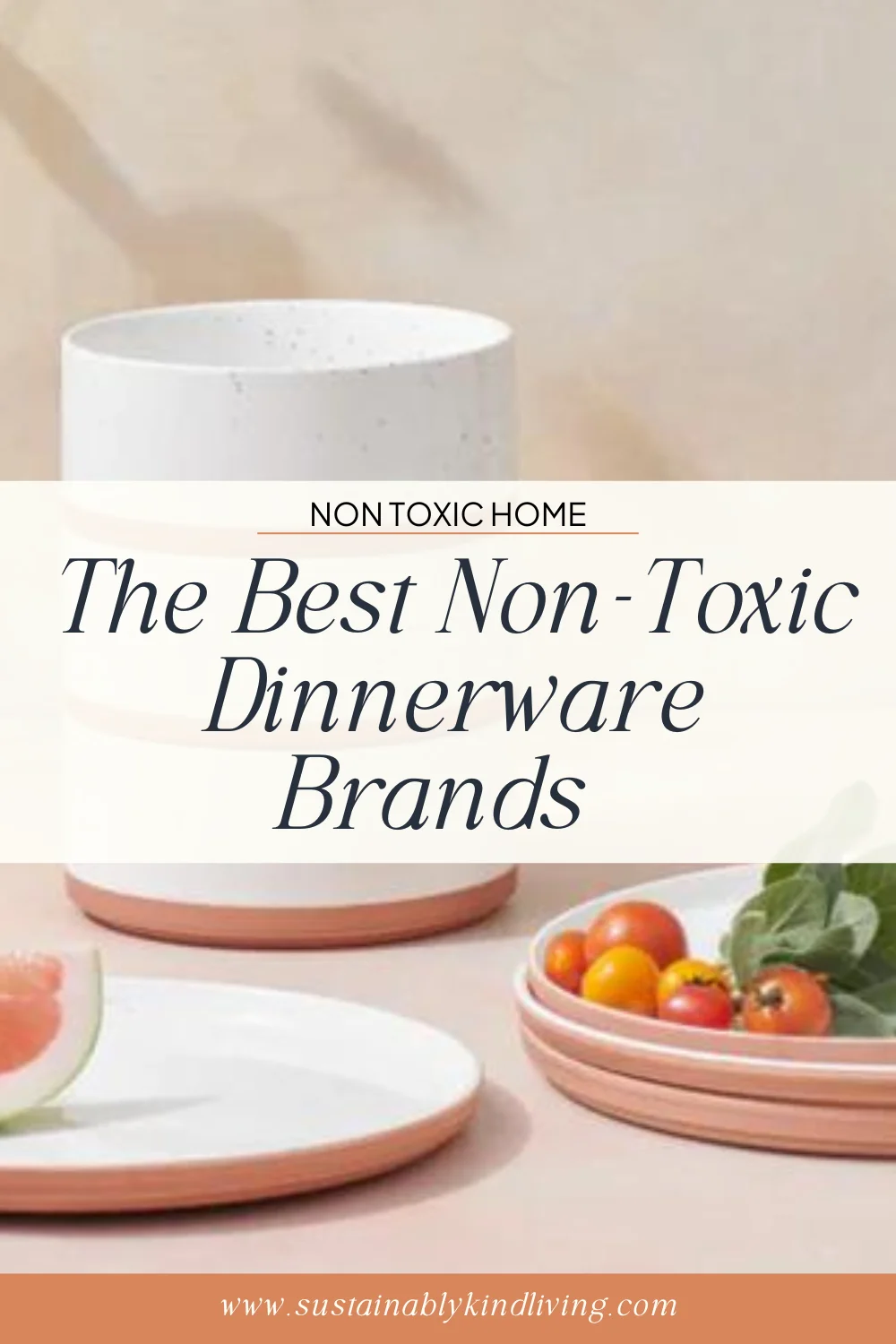
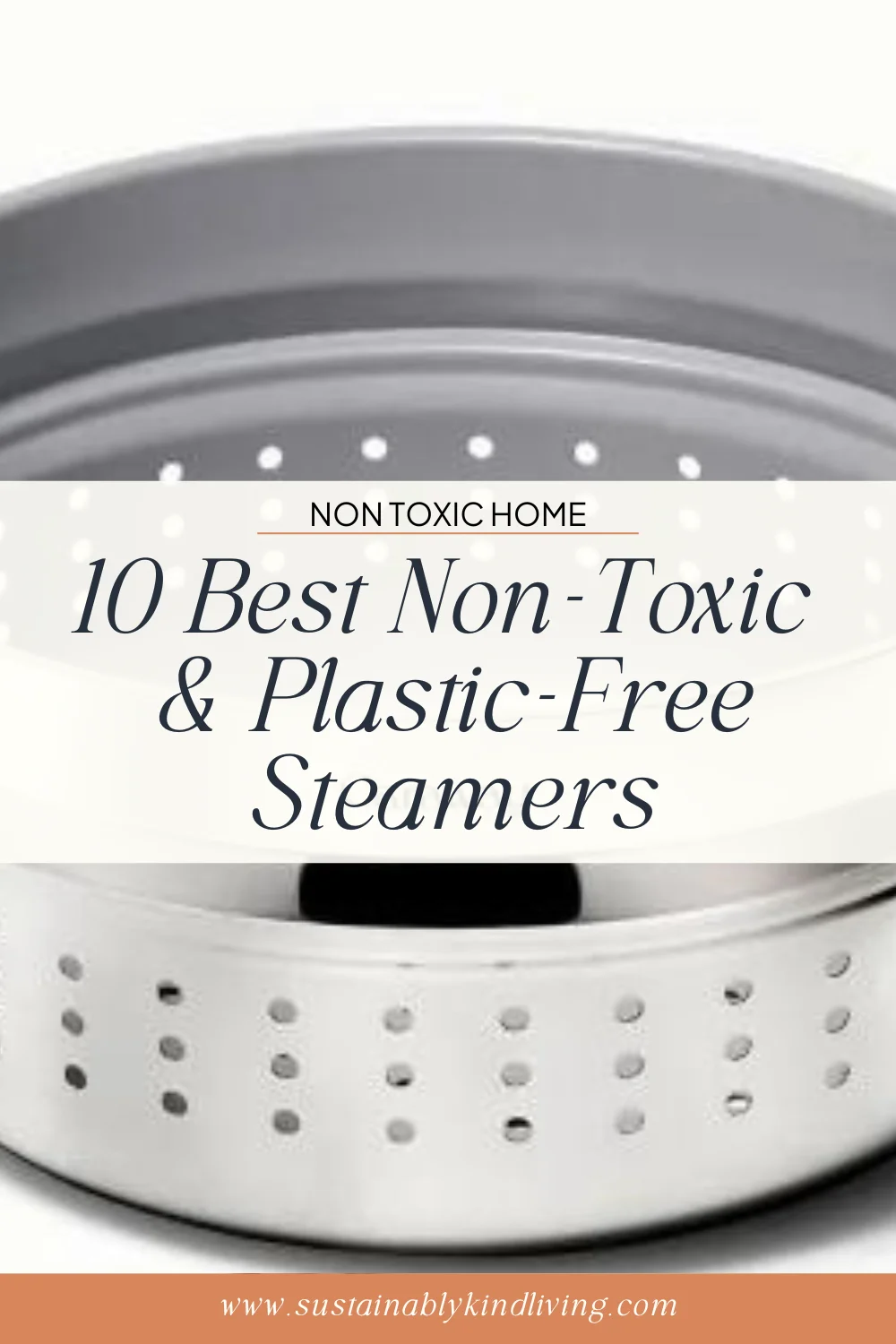
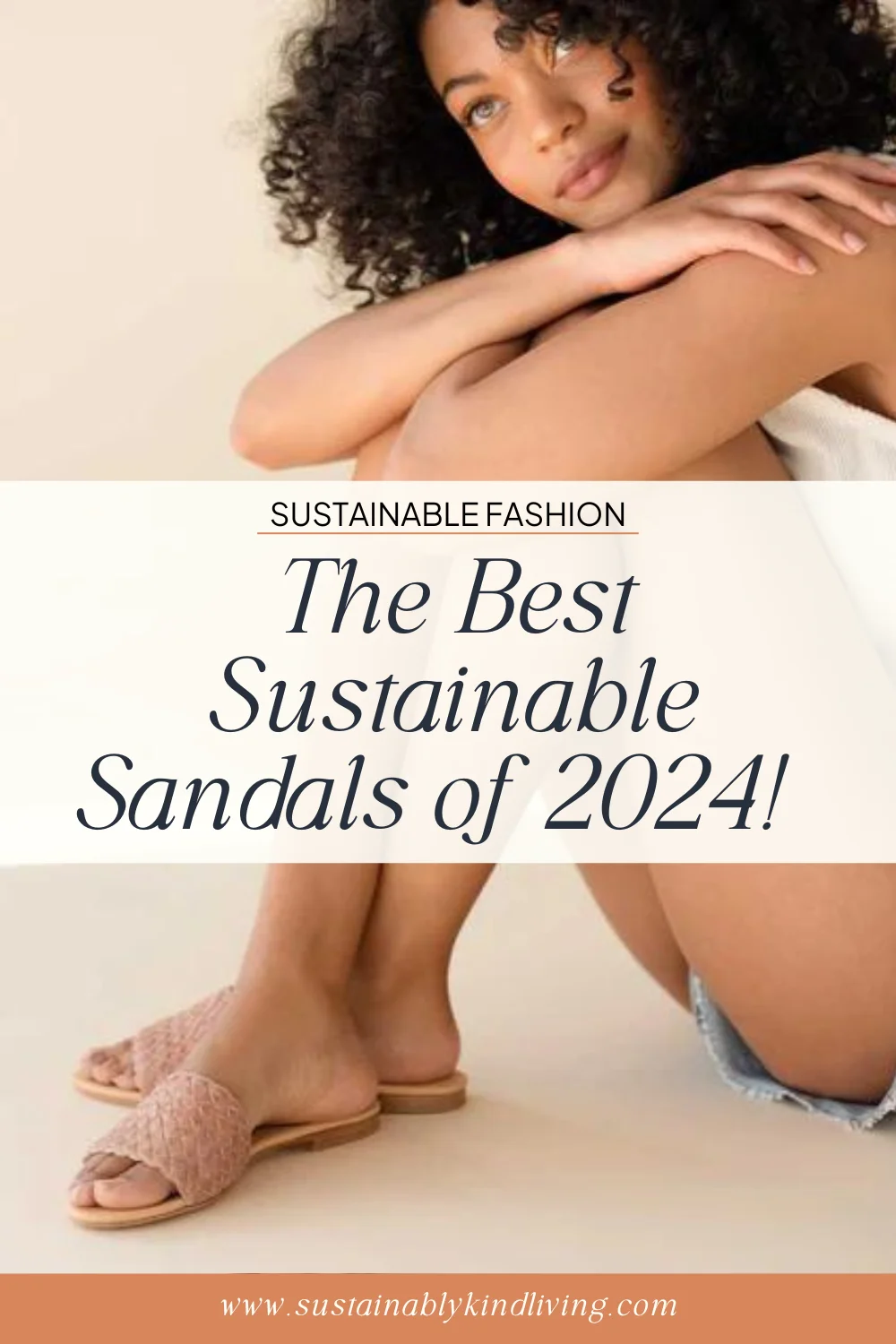

This is such an amazing post. I either never used or now avoid all of these brands. It’s a relief to me personally that there was nobody on there that came as a shock. The things they do though…. The world is really messed up.
Thank you so much, Angela! So happy you are avoiding this brands. They are just the worst!
I don’t know where you find this all information and how much you did research but this post definitely opened my eyes. I already knew about companies like Primark, H&M, Zara, etc and I am not shopping there, BUT Victoria Secret is a big surprise for me! I am shocked! Thank you for sharing all this information! This was an amazing and very interesting read!
Such shocking information – I will add all the resources I used at the end of the blog post later this week, thank you for reminding me!
wow lots of good info. Im happy I havent bought anything yet from shein tho my friends really like it alot. I do shop before in Mango and H&M for dresses but this year and last yr never bought anything yet from them so this article made me happy. Thanks for the info. I try to be sustainable too.
Thank you so much for taking the time for reading and being open to being more sustainable. Second hand is a wonderful option if affordability is a factor – and we also have a great list of affordable sustainable brands for new items!
I have to say I’m guilty of shopping at Zara and SHEIN!!! It’s gonna be hard to stop but I have to try! Great post!
I did the same for years – and until we know, we cannot even fathom what these brands are capable of. So so happy you are even open to trying!
I just love your blog, thank you for publishing this list.
Thank you so so much!!